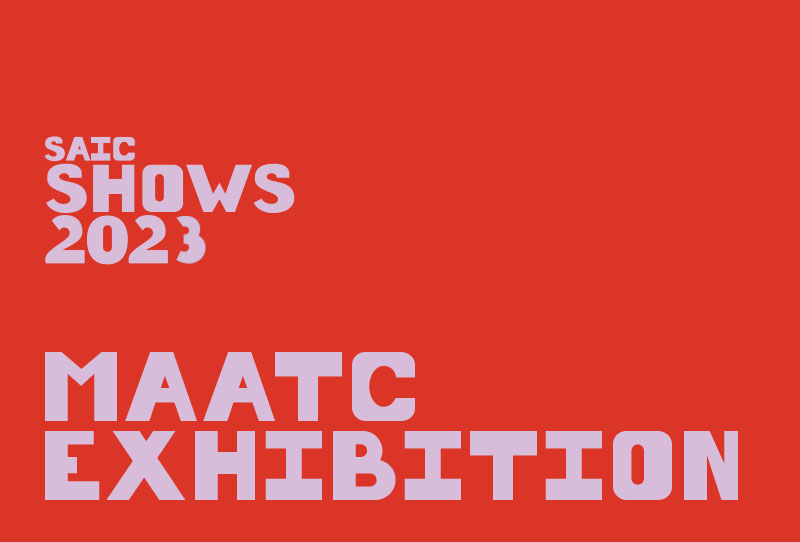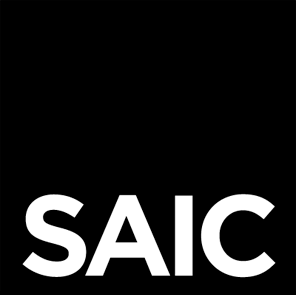Being a Pakistani-Indian American Muslim-raised woman, processing my identities has always been at the forefront of what drives my intention for art-making. Most of my work surrounds processing my various identities including healing from anxiety and generational trauma.
My body of work examines the use of traditional art making, specifically bandhani and performance to process and heal from my acculturation in the U.S. My art discusses the use of art therapy in processing one’s acculturation. Specifically, my project takes into consideration one’s cultural traditions and their ability to assist in processing their identity with societal and cultural ideologies in mind. In comparing traditional and Western fabrics/fashion, I attempt to display society’s views towards me and my culture. It is through the MAATC program that I learned about the value of my traditional fabric and their innate narrative nature.
I use bandhani fabric making which is essentially traditional Gujarati tie-dyeing as well as performing a visual representation of my acculturation in the U.S. using Western and Indian fashion. Most of my influence came from my family’s history and knowledge of fabric-making and my guilt for hiding and being ashamed of my culture. I was also inspired by the traditional methods of fabric-making in India and Pakistan; especially because even in these countries, the traditional form of fabric-making is dying out due to cheaper printed versions. Seeing select individuals from my community uphold such old traditions inspires me to once again engage in these traditions to heal my acculturation and to honor the culture I was once ashamed of. The fabric and dance I chose are both traditions that are at risk for people; bandhani making is being replaced by printed versions and the form of dance I engage in, Garba, is originally a Hindu tradition. Being a Khoja Muslim, my people were converted from Hinduism to Ismailism in India and we have kept this tradition of dancing Garba. However, Ismailis tend to face persecution from others including other Muslims, partly for engaging in these Hindu traditions. My work displays what it feels to hide away and to be fearful of sharing and expressing one’s culture; visually showing me stuffing my ghagra choli (traditionally worn during Garba) into Western clothes.
Some of my future and other current work includes creating spoken word poetry involving aforementioned topics of processing my acculturation and colonizing institutions. I recently created a space to nap as a performance piece in attempts to break the cycle of toxic productivity created and enforced by colonial ideologies. I am also currently working on a performance piece surrounding attaching the hair from head to my legs in the form of extensions or garters to hyperbolize others’ gaze and opinions of my leg and body hair. My work truly comes as an inspiration for me to process and better understand my various identities.



